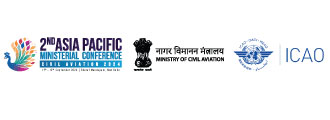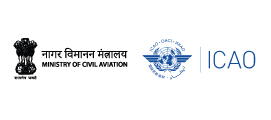Aviation in India
A Journey Through Time
History
Civil aviation in India took flight in 1911 with the inauguration of the first commercial flight between Allahabad and Naini. Spearheaded by J.R.D. Tata, Tata Airlines (now Air India) commenced operations in 1932, marking the onset of scheduled air services. Initially serving cities like Mumbai, Chennai, and Kolkata, the sector saw significant government involvement post-independence, leading to the nationalization of airlines and the formation of Air India and Indian Airlines.
A pivotal moment in Indian aviation was marked by Sarla Thakral, who became the first woman to fly an aircraft and obtain a pilot's license.













